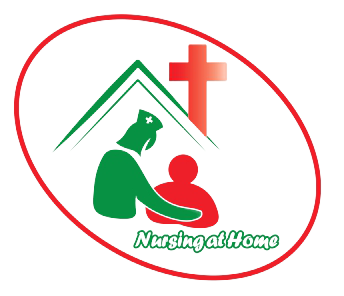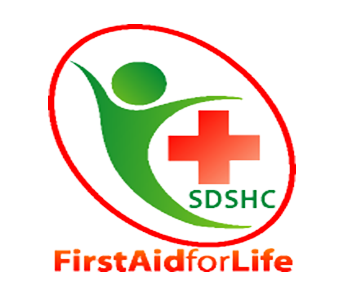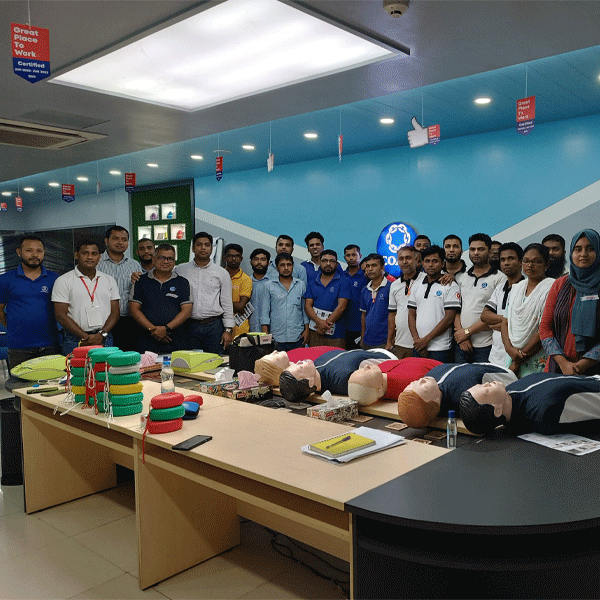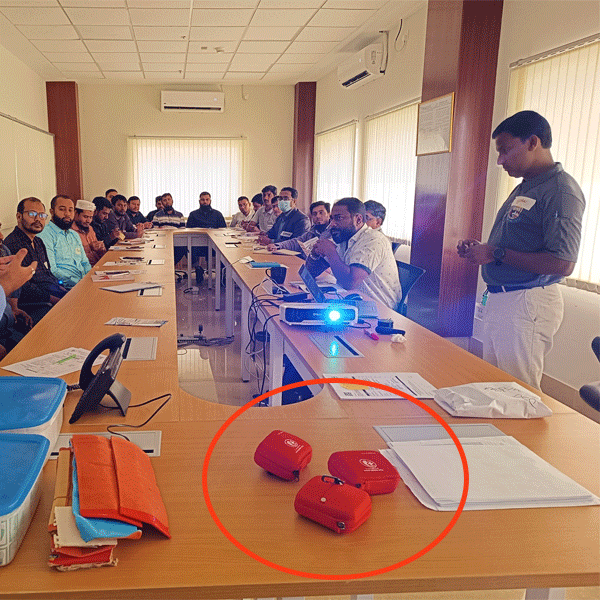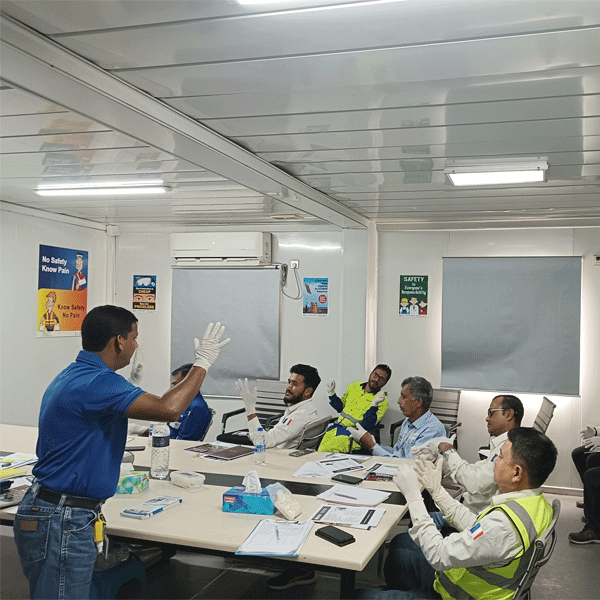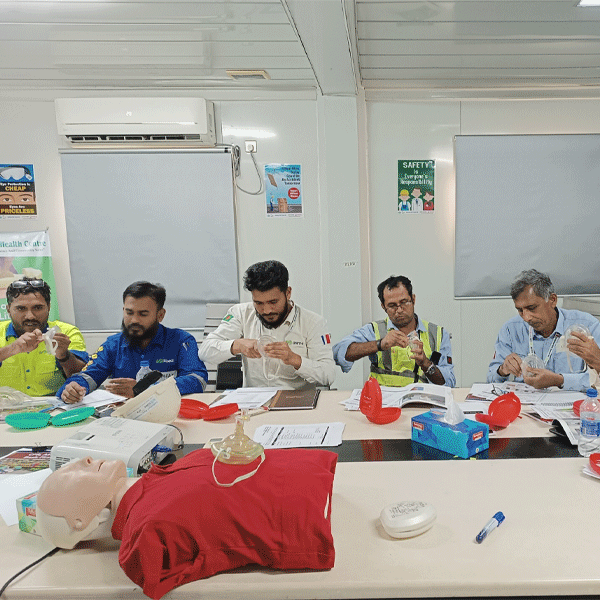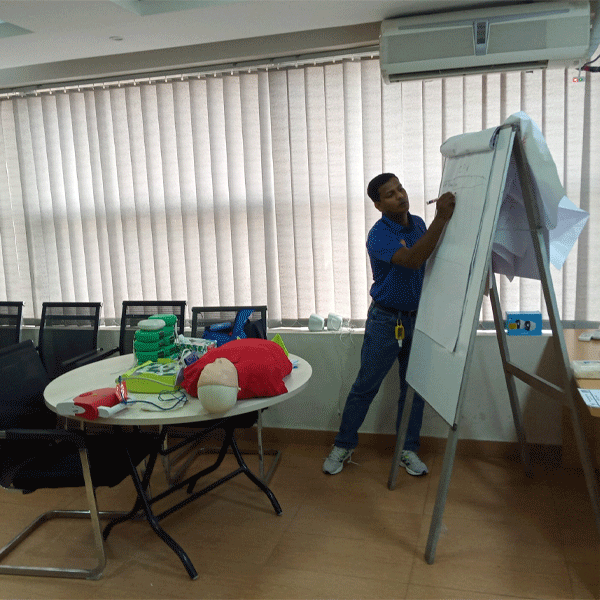Make an Appointment
The most advanced medical templates specializing in
every aspect of healthcare.
Opening Hours
Thursday - Saturday
09.00 - 05.30
Emergency Service
24 Hours
First Aid Kit Supply
Accidents and injuries can happen anytime, anywhere
Whether you are at home, at work, or outdoors, accidents and injuries can happen unexpectedly. Having a first aid kit readily available can help you treat minor injuries and potentially save lives in emergencies.
It can provide quick and efficient treatment
With a well-stocked first aid kit, you can quickly respond to injuries and provide initial treatment before professional medical help arrives. This can help prevent further harm and improve the chances of a full recovery.
It can save lives
In life-threatening situations such as severe bleeding, cardiac arrest, or choking, having the necessary medical supplies in a first aid kit can make all the difference in saving a life.
It can prevent infection
Clean and sterile supplies in a first aid kit, such as antiseptic wipes, can help prevent infection and minimize the risk of complications from injuries.
It is useful for everyday injuries
Not all injuries require a trip to the emergency room, but they still require attention. A first aid kit can provide the necessary supplies to treat everyday injuries like cuts, bruises, and burns.
It is required in certain settings
First aid kits are often required in certain settings, such as workplaces, schools, and public facilities. By having a properly stocked first aid kit, you can comply with regulations and ensure the safety of those around you.
Our Partners






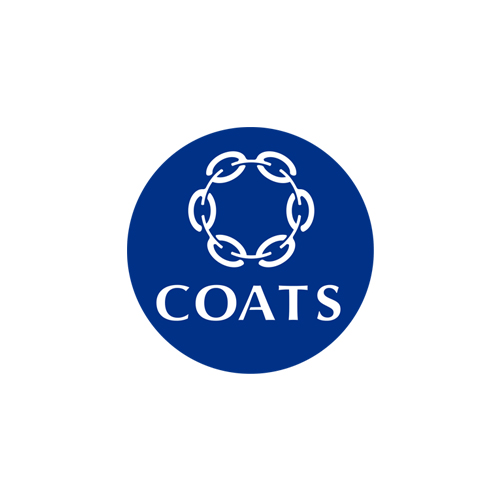
Frequently Asked Questions
A basic first aid kit should include the following items:
- Adhesive bandages of various sizes
- Sterile gauze pads and adhesive tape
- Disposable gloves
- Tweezers and scissors
- Alcohol wipes or antiseptic solution
- Thermometer
- Pain relief medication such as aspirin or ibuprofen
- Antihistamine medication for allergic reactions
- Hydrocortisone cream for skin irritations
- A first aid manual or guide
Depending on your needs, you may also want to include additional items such as an emergency blanket, an instant cold compress, a CPR face mask, and a flashlight. It’s important to periodically check and replenish your first aid kit, ensuring that all items are within their expiration dates and functioning properly.
It is important to regularly check and replace the items in your first aid kit to ensure that they are in good condition and not expired. A general guideline is to inspect your kit at least once a year, or more frequently if it has been used or exposed to extreme conditions.
Some items, such as medications, have expiration dates and should be replaced when they expire. Other items, such as bandages and gauze, may become damaged or soiled over time and should be replaced as needed. It’s also a good idea to periodically review the contents of your kit and add or remove items based on your needs and activities.
In summary, it’s important to regularly check and replace the items in your first aid kit to ensure that it is well-stocked and ready to use in case of an emergency.
Yes, it is a good idea to have multiple first aid kits in different locations, especially if you spend time in different places or travel frequently. Having more than one first aid kit ensures that you have access to essential medical supplies in case of an emergency, regardless of where you are.
For example, you might want to have a first aid kit in your home, car, workplace, and backpack if you frequently go on outdoor activities. Having a kit in each location can help you quickly respond to an emergency without having to search for a first aid kit or transport it from one place to another.
It’s important to make sure that each first aid kit is well-stocked and up-to-date. You can customize the contents of each kit based on the location and the activities you’ll be doing there. For example, a first aid kit for hiking may have additional items like insect repellent and blister pads.
In summary, having multiple first aid kits in different locations is a good idea to ensure that you have access to medical supplies wherever you go.
It is generally recommended to include some basic medications in your first aid kit, such as pain relief medication, antihistamines, and antacids. However, it’s important to note that the medications you choose to include in your kit should be appropriate for your personal health needs and any medical conditions you have.
For pain relief, you can consider including over-the-counter medications like acetaminophen or ibuprofen. Antihistamines like diphenhydramine can help treat allergic reactions, while antacids like calcium carbonate can be useful for heartburn and acid reflux.
When including medications in your first aid kit, it’s important to check the expiration dates regularly and replace any expired medications. Additionally, make sure to store medications in a cool, dry place away from direct sunlight to ensure their effectiveness.
It’s worth noting that while medications can be helpful in treating some symptoms in an emergency situation, they are not a replacement for professional medical care. If you have a medical emergency or serious injury, seek medical attention right away.

